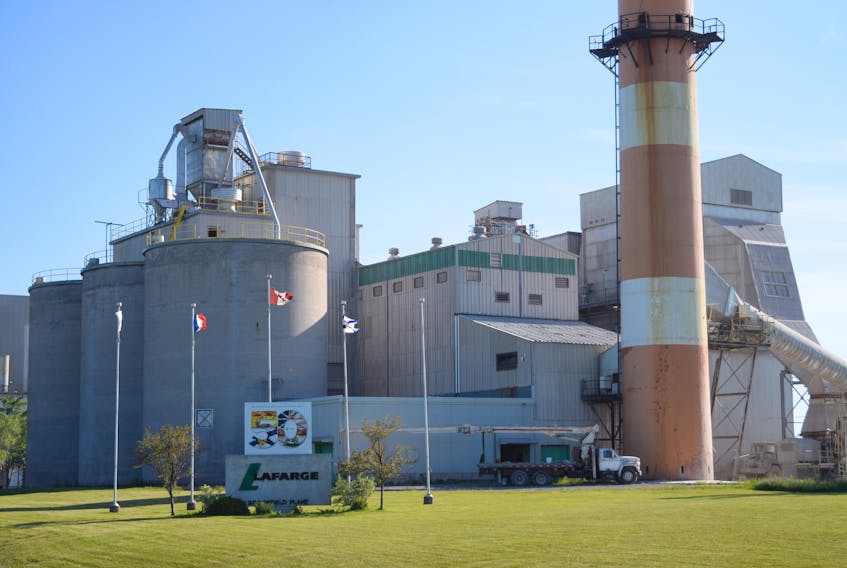BROOKFIELD, N.S. – The Native Council of Nova Scotia says its tire-burning concerns have been ignored by both Lafarge Canada and the provincial Environment Department.
In a letter dated Feb. 27 and sent to environmental assessment officer Bridget Tutty and copied to company executives, the council outlined a major concern with the assessment of a one-year pilot project at the Lafarge cement plant near Brookfield, an assessment later approved by Environment Minister Iain Rankin.
The council, which identifies itself as the self-governing authority for Mi’kmaq and Aboriginal Peoples residing off-reserve in Nova Scotia on traditional Mi’kmaq territory, says it has not been made aware of any plans by Lafarge to undertake the detailed terms and conditions of the assessment, including a pretest plan to source test total particulate matter, an emergency plan to address kiln upset, to set up a complaint resolution plan and to form a community liaison committee.
The Native Council letter also raised “several questions regarding tire sources and other alternative fuel sources, the availability of air monitoring data and the amount of truck traffic expected to deliver fuels to the plant.”
The council wrote that Lafarge has yet to reply to their April letter.
“Until Lafarge responds to our questions, we consider the environmental assessment filing deficient.”
A residents’ group launched a legal challenge to the minister’s July approval of the assessment application, and the judicial review was heard by Justice James Chipman in Nova Scotia Supreme Court in Halifax on Tuesday.
The judge reserved decision and said he would deliver a written decision later this month.
The arguments in court centred on lawyer William Mahody’s assertion that the assessment was flawed because it was based on research done on shredded tire pieces in a Dalhousie University lab. He said Lafarge plans to burn 400,000 whole tires in its one-year pilot project, whole tires injected mid-kiln at undefined temperatures. Because the minister’s assessment approval was based on the Dalhousie research conducted by Prof. Mark Gibson, Mahody argued that no research had actually been done on the process that is to be used in the pilot. Therefore, he said, the minister’s decision was unreasonable because it did not deal with the possibly harmful emissions from burning whole tires.
Government lawyer Sean Foreman argued that the temperature and tire size is a red herring. Foreman said no one is arguing that Lafarge and Dalhousie have a complete set of science about burning tires in the Nova Scotia plant.
Foreman said the purpose “of the one-year pilot” is a test.
The company also applied months ago for an industrial approval of the pilot project and a ministerial decision was expected in early March. A department spokeswoman said Wednesday some information is still missing from the application.
“When we reviewed the file, we determined it was incomplete,” Chrissy Matheson said. “We have asked the company for more information. Once we receive that information, we will have 26 days to make the decision.”
Rob Cumming of Lafarge Canada said this week that the company will not be ready to burn tires in its cement kiln until late summer or early fall.
“We are completely committed to sharing results of all the testing” he said.
Cumming said a liaison committee and a public meeting are in the works.









